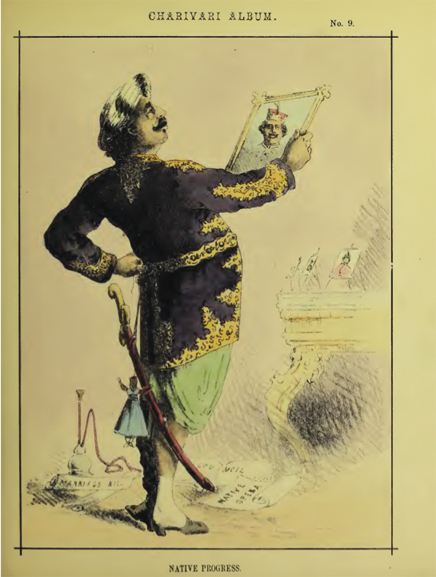Registered with the Registrar of Newspapers for India under R.N.I 53640/91
Vol. XXVII No. 10, September 1-15, 2017
Charivari – 5
Sriram V
A subscriber to worthy causes

Maharajah Mirza Pusapati Sir Vijayarama III Gajapathi Raju Bahadur had a long tenure as the Zamindar of Vizianagaram, from 1845 to 1879. He was born in 1826 and technically a minor when he ascended the throne in 1845, when his father Raja Pusapati Narayana Babu Gajapathi Bahadur died in Benares, leaving an impoverished estate. The East India Company promptly moved in, taking charge of the zamindari while the new ruler was a minor. It was only in 1852 that he was given complete control of the financially rejuvenated estate.
A highly eulogistic tract on his tenure as Zamindar states that his management of revenues was excellent and perhaps it was in recognition of that he was made a member of the Viceroy’s Council. In that capacity he introduced the Uniform Age of Majority Bill which was considered a most important reform in its time. In 1864, he was granted the personal title of Maharajah and was allowed a personal salute of 13 guns, after which the Zamindars of Vizianagaram began styling themselves Maharajah.
Sir Vijayarama died in 1879 and his son through Alaka Rajeswari Lalithakumari Devi, Sir Ananda Gajapati Raju III, succeeded him. It was he who gave Madras many notable endowments – the fountain on Mount Road, Victoria Public Hall, the Madras Jubilee Gayan Samaj and the Vizianagaram Maharajah School which is today the Lady Sivaswami Iyer Girls High School. The Vizianagarams were to be a presence in Madras city thereafter.
Harking back to Sir Vijayarama III, the Charivari rather condescendingly stated that if ever the Government of India were to publicise the benefits that young native princes derived from the management of their estates by Government Agency and also a sound English education, this Zamindar was the best example. It also noted that he was a prompt subscriber to every worthy charity possible. It then appears to reluctantly add another fact – the ruler was practically an absentee landlord who left the administration of the estate to a native diwan. But that was a fault that practically every prince/Zamindar then had.
The sketch depicts the Zamindar looking into a mirror where the reflection has him with a Maharajah’s headgear. Below his feet are papers concerning two of his pet subjects – marriage reform and native opera.

